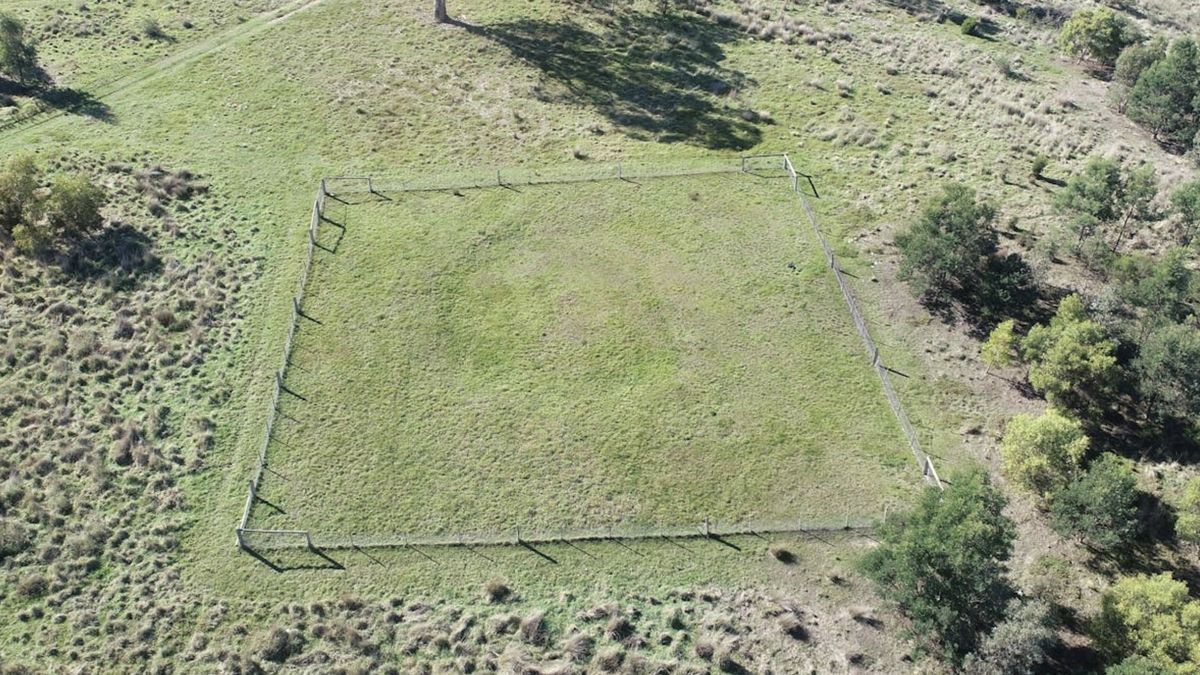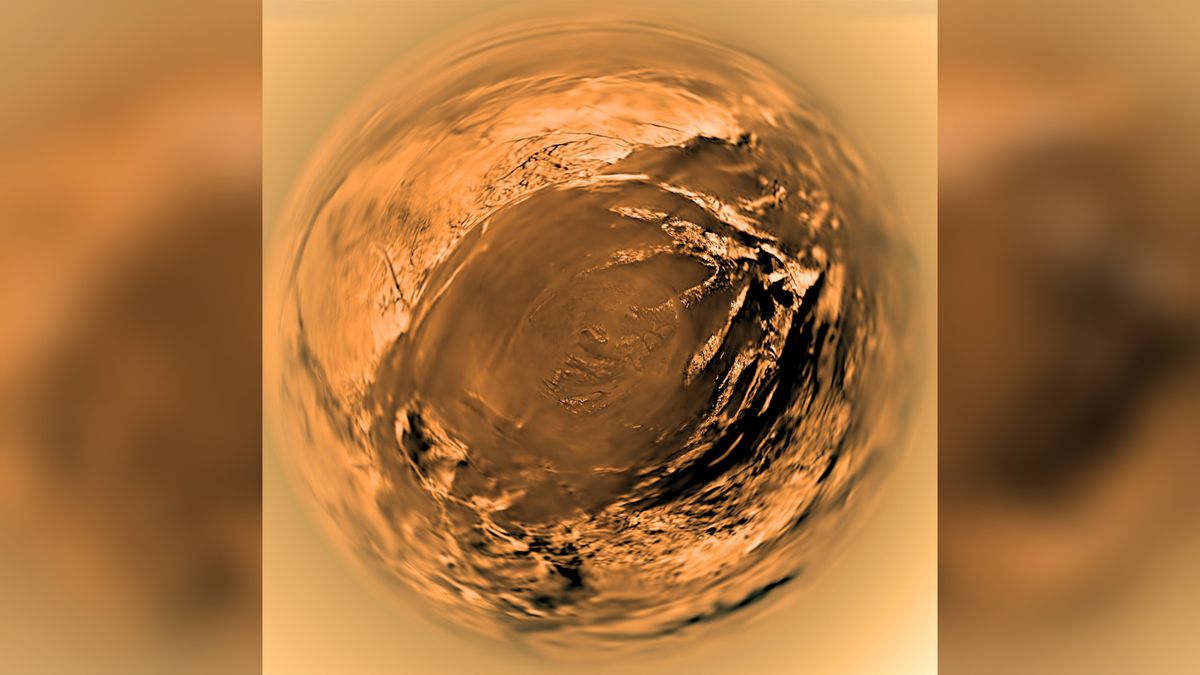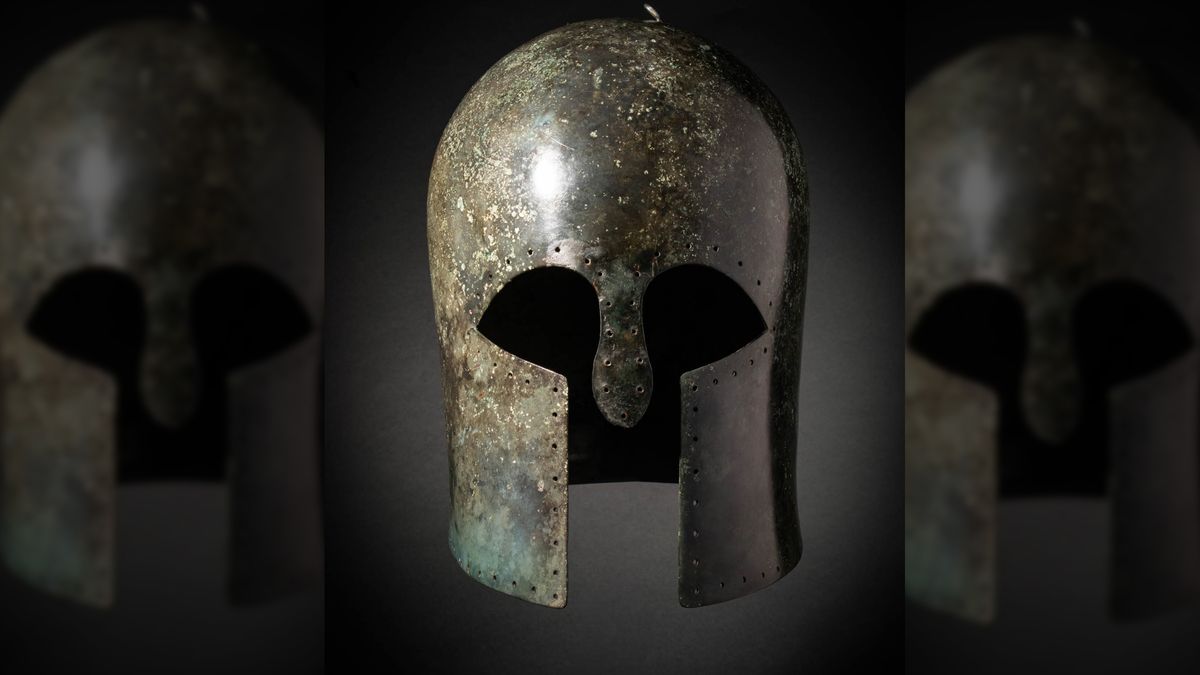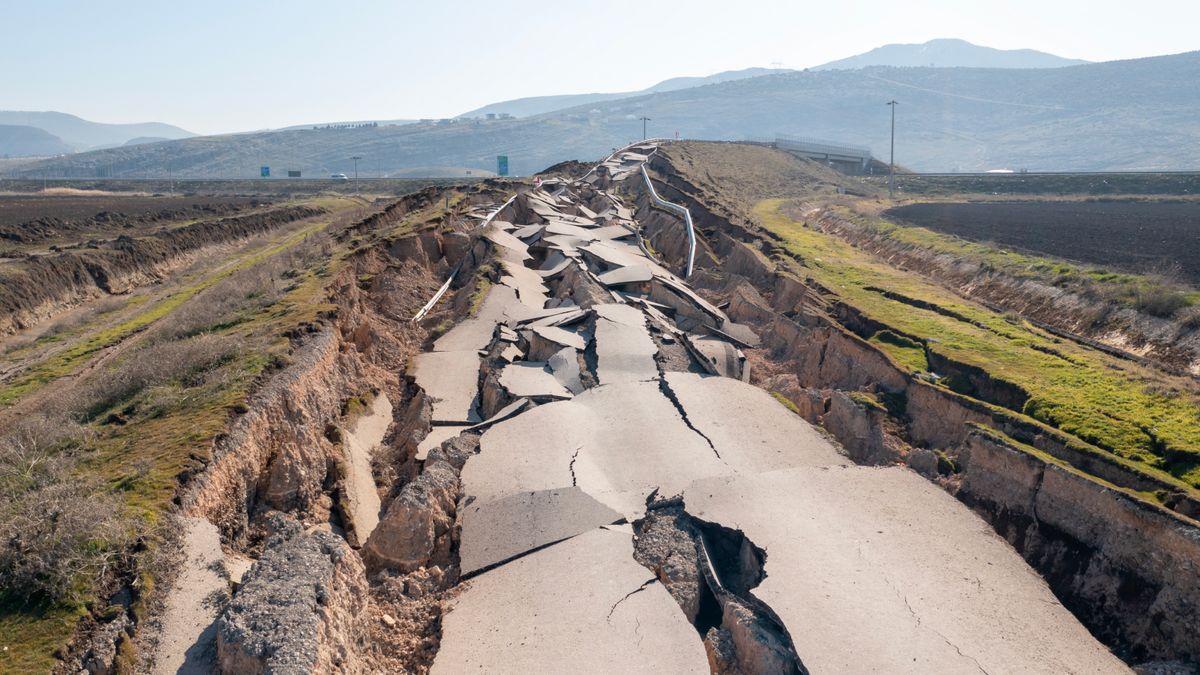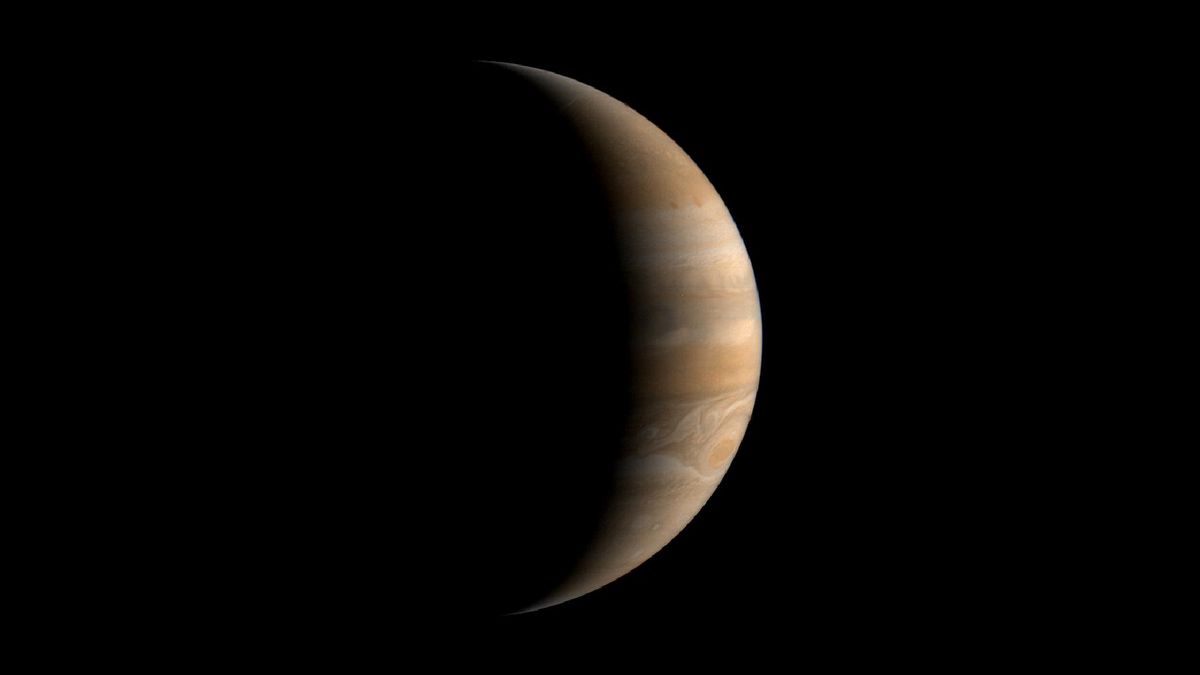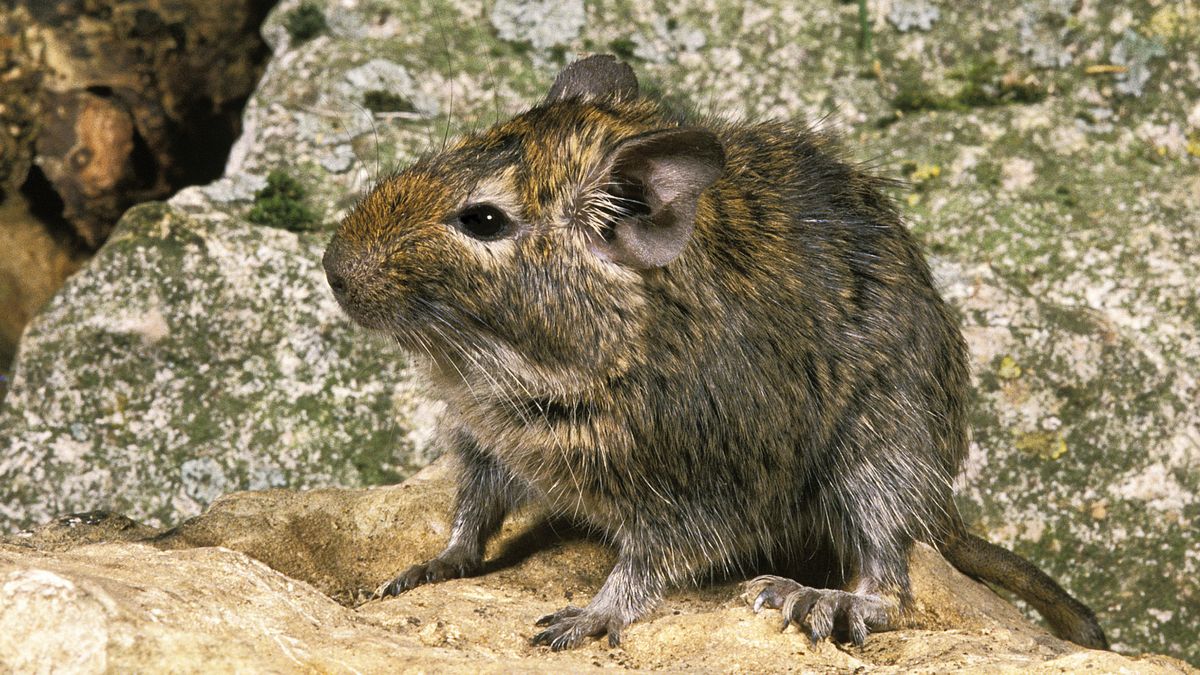On the outskirts of Melbourne, Australia, there is a series of large rings which rise mysteriously out of hills.
These “earth rings,” located on Wurundjeri Woi-wurrung Country in the suburb of Sunbury, aren’t natural phenomena. In fact, they represent large scale feats of human endeavour. They also represent the ancient and ongoing connection Aboriginal people have to Country.
Our new study, published today in Australian Archaeology, presents the results of the only known archaeological excavation of one of these rings combined with Wurundjeri Woi-wurrung understanding of these enigmatic places.
It expands our understanding of the richness and diversity of Australia’s archaeological record, created over more than 65,000 years of continuous occupation by Aboriginal and Torres Strait Islander peoples.
Secret and sacred locations of initiation and ceremony
Earth rings have been reported across the world, including in England, Amazonia and Cambodia.
People created these rings hundreds to thousands of years ago. They did so by excavating and heaping together earth in a large circle (or circles) measuring up to hundreds of metres in diameter.
In eastern Australia, earth rings are understood to represent secret and sacred locations of initiation and ceremony for different Aboriginal language groups.
Many earth rings were destroyed following European colonization and land development. It’s estimated that hundreds of earth rings once existed in New South Wales and Queensland alone. But only around 100 remain today. A smaller number of rings are documented in Victoria — including five earth rings in Sunbury.
Related: 47,000 years of Aboriginal history destroyed in mining blast in Australia
Reading the landscape
The Wurundjeri Woi-wurrung people are the Traditional Custodians of a large area in central-southern Victoria. This area includes much of greater Melbourne and surrounds.
In 2021–22, Wurundjeri Woi-wurrung people led the first cultural values study of the broader landscape that encompasses the five Sunbury earth rings.
For Wurundjeri Woi-wurrung people, this landscape holds immense cultural significance.
It reflects a deep history of occupation, colonization, resistance, adaptation, self-determination and resilience. It is where Liwik (Ancestors) have lived, traveled, gathered together and raised successive generations of people.
Wurundjeri Woi-wurrung people have actively managed this landscape over thousands of years. This is in accordance with their traditional lore and customs relating to creation ancestors Bunjil and Waa.
Wurundjeri Woi-wurrung people today continue to hold traditional responsibilities to care for Country. The Narrap team is currently working to restore and preserve the health of this important cultural landscape.

Watch On
New archaeological excavations
In 2022, Wurundjeri Woi-wurrung people led a new archaeological excavation of one of the rings, known as Sunbury Ring G.
Sunbury Ring G represents a place where Liwik traveled and came together, and of probable ceremony. It is also a highly significant location between the traditional lands of the Marin bulluk and Wurundjeri wilam clans of Woi-wurrung speaking people, separated by biik wurrdha (also known as Jacksons Creek).
Archaeologist David Frankel first excavated Sunbury Ring G in 1979. To date, no other excavation of an earth ring is known in Australia.
Wurundjeri Woi-wurrung people led the dating and re-analysis of the 166 stone artifacts found during the 1979 excavations.
This involved dating the ring deposits to estimate when the ring was made. It also involved piecing the artifacts back together like a jigsaw, and studying residues and wear patterns on their surfaces and edges. This provides clues on how Woi-wurrung speaking people made and used stone tools at Sunbury Ring G.

An ancient ring
The results of our study reveal Woi-wurrung speaking people constructed the ring sometime between 590 and 1,400 years ago. They spent time in the area clearing the land and plants, scraping back soil and rock to create the ring mound and layering rocks to create stone arrangements.
They also lit campfires, made stone tools which they used on a variety of plants and animals, and moved items around the ring’s interior.
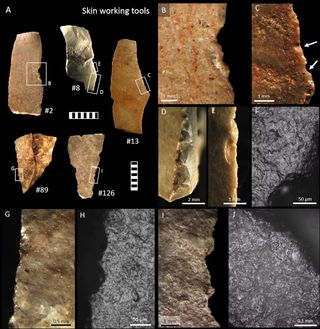
Wear patterns and residues on some of the stone artifacts suggest Woi-wurrung speaking people may have also used some of these stone tools to create feather adornments and scar human skin for ceremony. This practice has been documented in other parts of Victoria.
Our study is the first to combine cultural and archaeological insights on earth rings in Australia.
It demonstrates the importance of further investigating and preserving these earth rings, as well as others known to occur across eastern Australia. This is especially important in the face of continued threats by land development and climate change which threaten the survival of earth rings.
The authors of this article acknowledge Wurundjeri Woi-wurrung Elders and community, Wurundjeri Woi-wurrung Cultural Heritage Aboriginal Corporation, Aunty Di Kerr, Delta Lucille Freedman, Elspeth Hayes, Garrick Hitchcock, Wendy Morrison, Richard Fullagar, Rebekah Kurpiel, Nathan Jankowski, Zara Lasky-Davison, Ariana Spencer-Gardner, Lauren Modra, Lauren Gribble, Maria Daikos, Matthew Meredith-Williams, Paul Penzo-Kajewski, Jamie Rachcoff, Allison Bruce, Tracy Martens, Western Water, Hume City Council, Parks Victoria, Museums Victoria (including Rob McWilliams). The Victorian Department of Energy, Environment and Climate Action (formerly known as the Department of Environment, Land, Water and Planning) funded this study.
This edited article is republished from The Conversation under a Creative Commons license. Read the original article.





